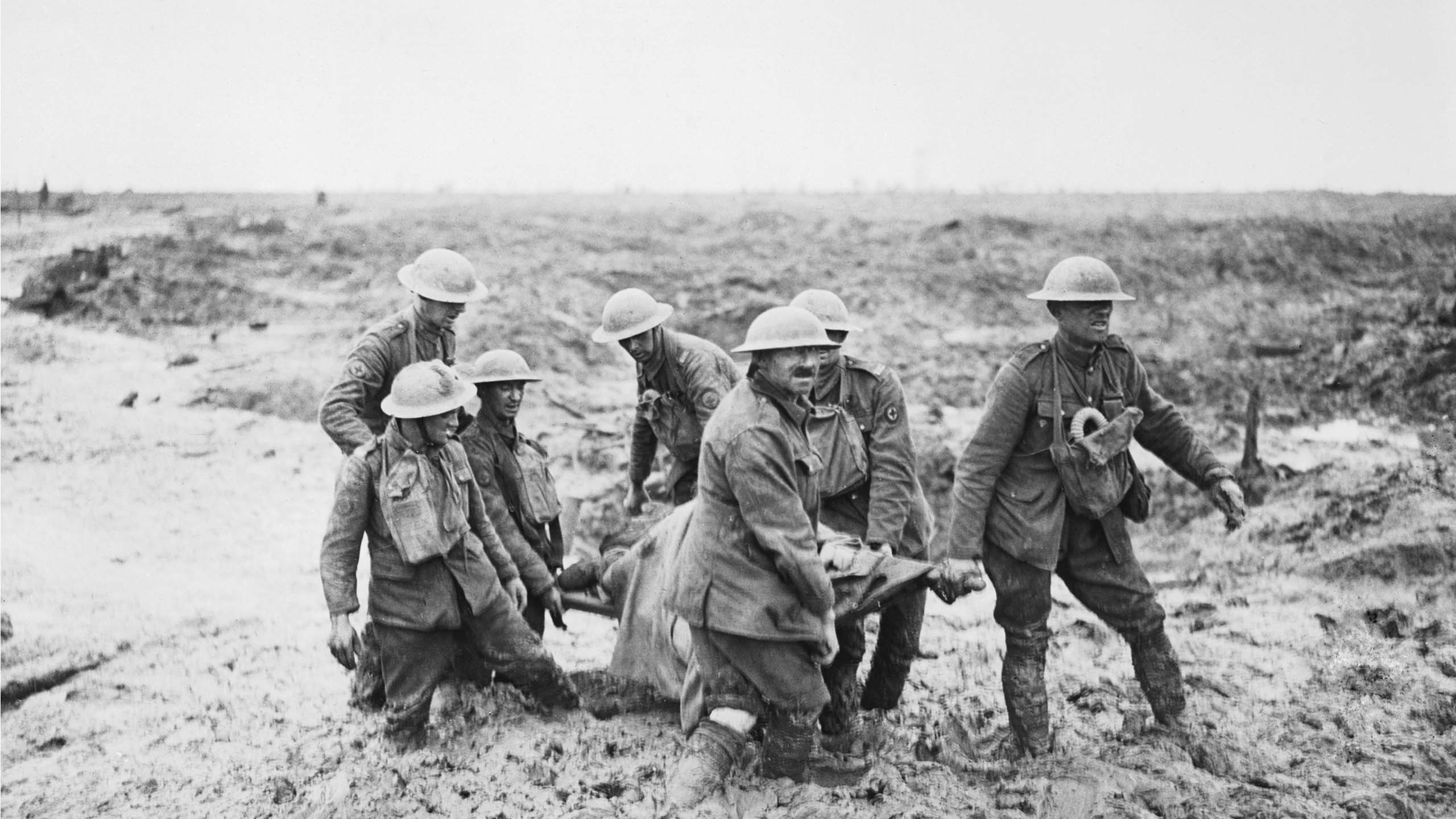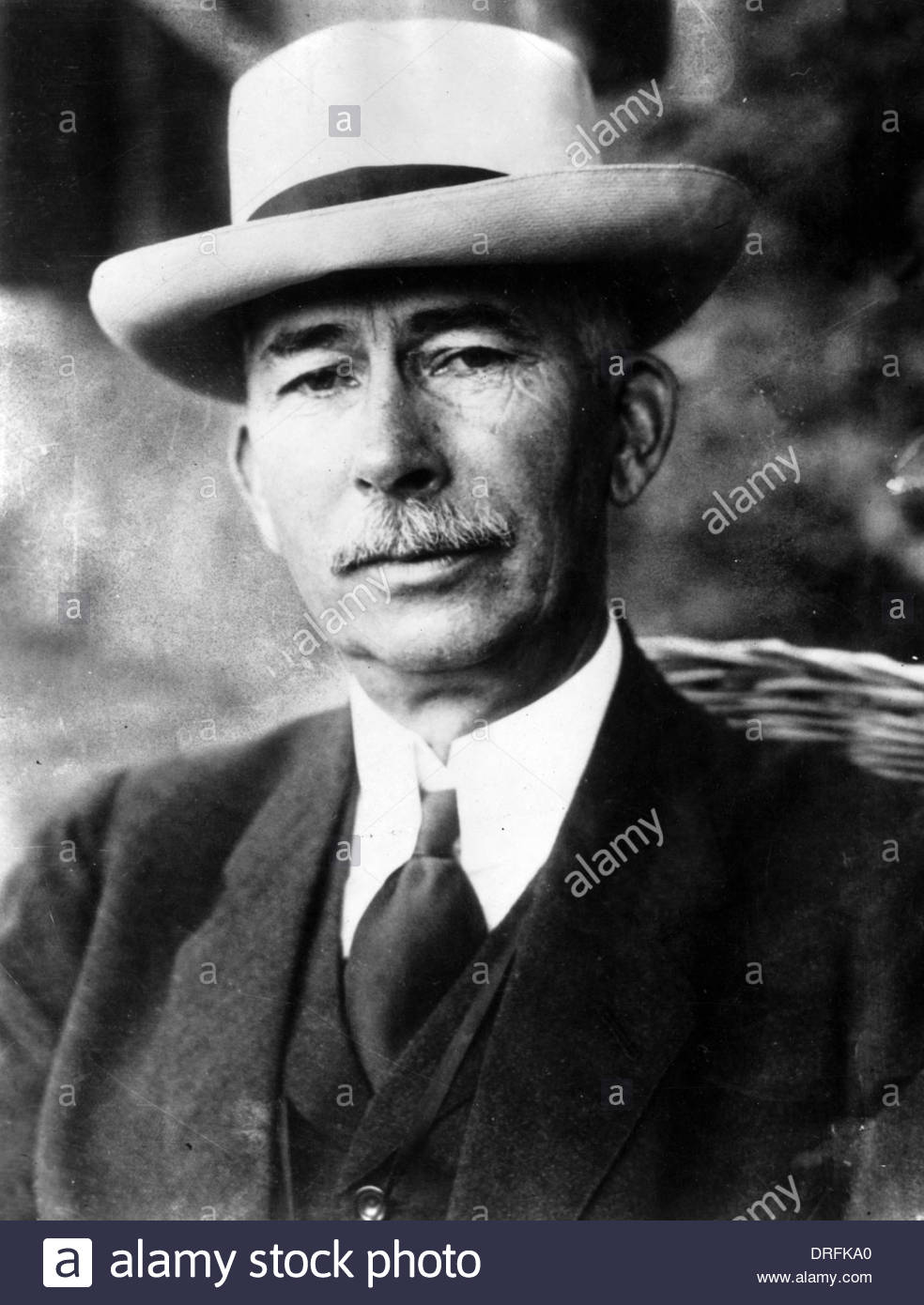Allies Tell Wilson: Stay Home
Colonel House Agrees: Wilson Infuriated.
Special to The Great War Project.
(3 December) After the armistice is signed, General Pershing arrives in Paris “where he finds himself the toast of a delirious city.”
So reports historian Thomas Fleming. “In the Place de la Concorde, his car was mobbed. Celebrating doughboys rescued him, fending off the ecstatic Parisians, some of whom tried to get into the back seat to kiss the iron general.”

Celebrating war’s end in Philadelphia.
“Later celebrating in private,” Fleming reports, “Pershing inadvertently summed up the doughboys contribution to the victory: the men were willing to pay the price.”
Fleming writes “the Americans had been in combat two hundred days, approximately six months. In that time 50,300 doughboys were killed. Another 198,000 were wounded in action. Another 62,600 died of disease—an appalling 38,800 of these in training camps in the United States. Another 4500 were killed in accidents.
“Another thousand committed suicide.” All told, total deaths were 120,00.
Later, after the war, the U.S. government– the Veterans Administration — revises its figures, adding in deaths and the wounded and concluded that deaths by war-related disease, wounds and others types of trauma brought the total cost to 460,000.
Add to this, men disabled by gas attacks who were particularly prone to die young, Fleming reports, and another 41,000 doughboys listed as shell-shock victims. Many of these, Fleming reports, were hospitalized for life, listed as psychically disabled.
According to historian Fleming, these figures added up to a “disproportionately large toll suffered by the American fighting force in the Great War.”

In the mud and muck
The primary reason for this: “the lethal firepower of the German army and the primitive tactics of the American fighting force, which relied on unsophisticated frontal assaults until the last days of the war.”
This certainly should have been sufficient to give the US a seat at the negotiating table. But there is a problem. The Europeans have no desire to give President Wilson a seat at all. According to Fleming…
“soon after people stopped dancing in the streets, sour notes began to appear in the peace process.
“The president assumed that the Allied leaders would welcome his announcement that he was coming to Europe for the peace conference. Instead they advised Colonel House [Wilson’s closest adviser] that they would be much happier if he stayed home. The French prime minister, George Clemenceau, told House that Wilson’s presence “seems to be neither desirable nor possible.”

Wilson confidante, Colonel Edward House
According to Fleming, “behind this hot political air was a deep suspicion and not a little dislike of Wilson’s overbearing political style.”
Some in Washington agreed with this. Better for Wilson to stay home and let House and others do the hard bargaining that inevitably was to come.

President Woodrow Wilson
What’s more, it turns out House shares this view. He tells Wilson in a cable, he would only support the president’s coming to Europe for more ceremonial moments in the peace conference.
Wilson, needless to say, is infuriated.

1 comment for “THE COST OF A SEAT AT THE PEACE TABLE”